In today’s business landscape, reliable network connectivity is essential for seamless operations and effective communication. This burdens both telecommunications carriers and businesses by requiring them to carefully balance network performance and cost efficiency in order to achieve results capable of facilitating positive growth.
Harnessing decades of in-house corporate experience with some of the largest U.S. telecoms and consultative experience with companies across the Fortune 1000, we’ve identified four key steps to achieving this delicate balance without sacrificing quality or performance. While every organization requires nuance in approach, optimal outcomes can be traced back to the core foundation of data collection, dataset creation, data analysis, and opportunity identification.
Step 1: Data Collection
Effective network optimization starts with comprehensive data collection. Carriers and businesses must know about network topology, traffic patterns, usage statistics, and cost-related factors to understand their existing inventories, as well as volume and utilization trendlines. Patterns and cost profiles are also vital in capturing data that reflects network usage and associated expenses.
Only by collecting data that combines performance and cost metrics can organizations begin to isolate the areas most viable for savings, as well as gleam the critical insights needed to assess their potential impact—good and bad—on connectivity delivery and quality.
For both telecommunications carriers and businesses, the data sources selected should be reliable sources that provide a robust data refresh process. Failure to use reliable sources may provide initial insights but the effectiveness of the entire program depends on the reliability and currency of the data.
Step 2: Dataset Creation
Creating a well-structured dataset incorporating performance and cost-related factors is essential for carriers and businesses. This dataset should include key cost metrics, such as bandwidth consumption, infrastructure expenses, maintenance costs, and connectivity charges.
By combining these factors with performance and usage data, organizations can comprehensively view the network’s cost landscape.
The importance of this stage cannot be overstated as the resulting dataset should be able to serve as the foundation for subsequent analysis, allowing businesses to accurately assess, predict, and mitigate or maximize network inefficiencies and their related economic impacts over a long-term period.
Many clients find that an accurate data set can serve multiple functions. For example, one carrier created a global cost and inventory data set for network optimization and realized that other internal and external partners could use the same data. Subsequently, the ordering team found the data helpful in guiding future orders, and the sales team found the data helpful for identifying sales opportunities. An accurate and democratized data set using modern distributed tooling can drive self-directed innovations.
Step 3: Data Analysis
Data analysis plays a crucial role in enabling cost-effective network connectivity. Carriers and businesses can extract actionable insights from the collected dataset by leveraging advanced techniques such as machine learning, alternative design and technology scenarios, and cost alternatives.
This analysis can pinpoint expense or hot traffic points, identify areas of inefficiency, and highlight cost optimization opportunities. In addition, the study can detect network traffic patterns or even technology choices that lead to unnecessary costs and recommend traffic mitigation strategies for the cost-effective support of business users and customers.
Download Part II of Northridge’s State of Customer Experience 2023 Research Report for more CX insights!
The Northridge Group needs the contact information you provide to us to contact you about our products and services. You may unsubscribe from these communications at anytime. For information on how to unsubscribe, as well as our privacy practices and commitment to protecting your privacy, check out our Privacy Policy.
The benefits of a modern set of tools and clean data allow leaders to evaluate multiple scenarios based on constraints that include but are not limited to capital investment, customer disruption, resource contention, and financial targets. Presenting alternatives to leadership based on real-world constraints is a fantastic way to get program alignment.
Step 4: Opportunity Identification
This step involves assessing the performance and cost metrics against predefined benchmarks or industry standards. This allows organizations to prioritize optimization opportunities that align with their goals and financial requirements by considering business objectives, service-level agreements, technology choices, and cost constraints.
These opportunities may include negotiating favorable contracts with service providers, disconnecting, or migrating underutilized assets, adopting virtualization or cloud-based technology solutions, or optimizing network infrastructure for efficient resource utilization.
The Practice Driving Results
When a global telecom enterprise sought to achieve a best-in-class cost profile, The Northridge Group worked with the client to create a sustainable well-sourced dataset and performed iterative cost analysis to identify opportunities for network cost performance improvements. The platform created a centralized version of cost metrics, supplier performance patterns, network topology, and financial metrics. The team developed comparative benchmark models and provided an actionable roadmap to correct identified gaps. By working through the process from data collection to opportunity identification, the project resulted in ongoing, sustainable cost improvements and $400 million in network cost savings.
A deep dive into data can help identify and inform large-scale cost savings opportunities. In another scenario, The Northridge Group partnered with a Fortune 50 telecom enterprise to uncover the best geographic locations for an upcoming infrastructure build investment project. Starting with data collection and mining, Northridge gathered, normalized, and integrated data from multiple sources and platforms and developed grouping methodologies and scenarios to inform recommendations. The resulting use cases were backed by critical financial attributes such as CAPEX, NPV, IRR, cost savings, locations, and circuits, and the final recommendations were projected to generate IRRs 2X the normally acceptable hurdle rate providing a better and faster return on investment.
Impact & Benefits of Bringing It All Together
Enabling cost-effective network connectivity is essential for carriers and businesses in today’s highly connected world. The synergy between the four parts we’ve identified empowers organizations in a myriad of valuable ways.
Data collection provides a foundation of accurate information, dataset creation combines performance and cost metrics, data analysis uncovers insights, and opportunity identification directs efforts toward tangible cost-saving actions.
This iterative process ensures optimization efforts are guided by performance objectives and cost considerations—the immediate and long-term benefits of which can be quite significant in scope for both carriers and businesses.
- It enables organizations to optimize network performance while minimizing operational costs.
- It allows for better allocation of network budgets, ensuring that investments are made strategically and cost-effectively.
- It helps organizations stay competitive by providing reliable and affordable connectivity to support their business operations.
- A well-established data model allows for continual optimization as traffic patterns, market pricing, and technology continue to evolve.
As technology advances, this process will evolve, leveraging automation, artificial intelligence, and predictive analytics to enhance cost optimization and network performance further.




